A Coruña - Praia das Cadedrais - Ribadeo - Lugo - Santiago de Compostela - Vigo, August 2024
A Coruna is a quieter town than most you'll visit in Spain, yet as rich in history, culture, and character, just with less tourists!
According to one theory the name A Coruna comes from the Scottish Celtic explorers who had reached Galician coast. The Gaelic term "cork orrunach" means “harbor of the brave men”.
A Coruna is the second biggest municipality in Galicia with around 250 000 inhabitants.
It's also the birthplace of the fashion retailer, Zara!
María Pita Plaza - the most important square in the city, named after a young woman who helped beat back an English invasion during the 1589 Siege of Coruña.
Walked the seaside promenade towards the Tower of Hercules.
Praia de Riazor
The Tower of Hercules is the world’s oldest functioning lighthouse. It was constructed by the Romans in the first century.
Praia das Lapas
There's a large park surrounding the tower where you also encounter all kinds of interesting statues.
Breogan
The old town - ciudad vieja - is very small and compact but filled with many delicious bars and restaurants.
Vita·k Galera 13 was a cool, cheap but delicious local joint
We did a reasonably priced lovely daytrip/tour with Getyourguide to see Playa de las Catedrales, Lugo and Ribadeo. It was also a good practice/test of our Spanish, as the tour was pretty much fully in Spanish. The morning was very foggy but luckily it cleared up when we reached the beautiful beach.
The beach is absolutely beautiful and impressive. During high season a (free) reservation is needed to enter, as the number of people allowed to visit every day is limited. It is better to visit during low tides to explore all of it. The beach is not too easy to be reached by public transport. So, as we weren't driving, we opted for the tour.
A quick stop at a beautiful small town Ribadeo. Ribadeo was an absolute hidden gem. A colourful town with impressive architecture. The town features a blend of Galician and Asturian architectural styles.
The Indian houses, the lordly houses built by the locals who emigrated to America in the late 19th and early 20th centuries. Having returned to their home place, the ‘Indianos’ built their homes combining colonial architectural styles of Cuba, Argentina, Uruguay etc., with native elements.
Lunch at Plaza de Espana
And Lugo, an ancient Roman city, considered to be the oldest city in Galicia. The city was named Lucus Augusti in honor of Emperor Augustus. It's the only Roman city in the world that is still completely surrounded by the original Roman walls (from the 3rd century). It's obviously on UNESCO’s World Heritage List.
The walk on the walls is about 2.1 km long, and the walls are between 10-15 meters high. With that summer heat, it was quite a hike!
Santiago de Compostela is just a quick bus ride away from A Coruna.
It's probably Galicias most famous town as it is the culmination of the Camino de Santiago pilgrimage route, and the alleged burial site of the Biblical apostle St. James.
We did not walk the Camino this time, but it is definitely on my list to walk a part of it one day and earn the Compostela (certificate). That requires walking at least 100 km of the trails.
The scallop shell is an essential symbol, guiding pilgrims along the correct routes and representing the spiritual and physical journey of the pilgrim.
Cathedral of Santiago de Compostela. It sure is impressive. It's said to be the burial place of Saint James the Great, one of the apostles of Jesus Christ.
Parque da Alameda is a nice short walk from the old town and offers beautiful views over the city and the cathedral.
Can never get enough of seafood! Galicias local white wine - Albariño, is lovely as well!
Leave a coin and "make a wish" wall, the coin has to stay on the wall so the wish will come true.
La Tita bar/restaurant and restaurant Maria Castana are for sure worth a visit!
Final tapas at our lovely pilgrim hostel "Dream in Santiago". A simple hostel but the outdoor terrace was very enjoyable. It's a bit further away from the historic center, but there are direct bus lines.
And finally, en route to Portugal had a quick stopover at another coastal town Vigo (also the largest city in Galicia).
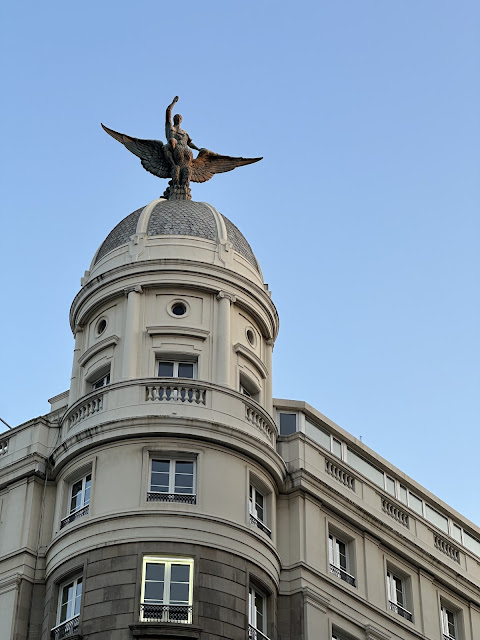


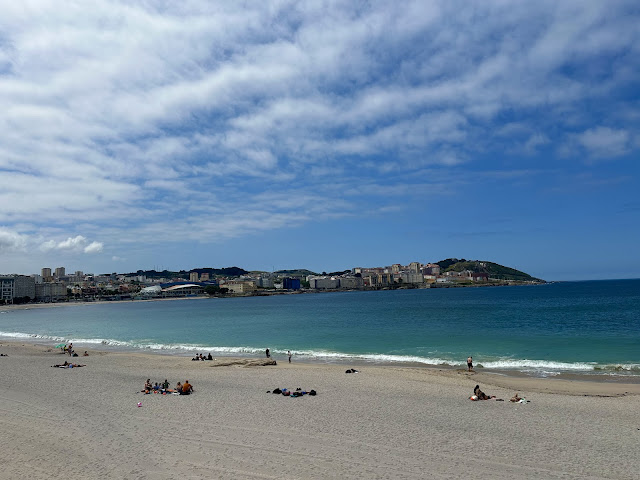













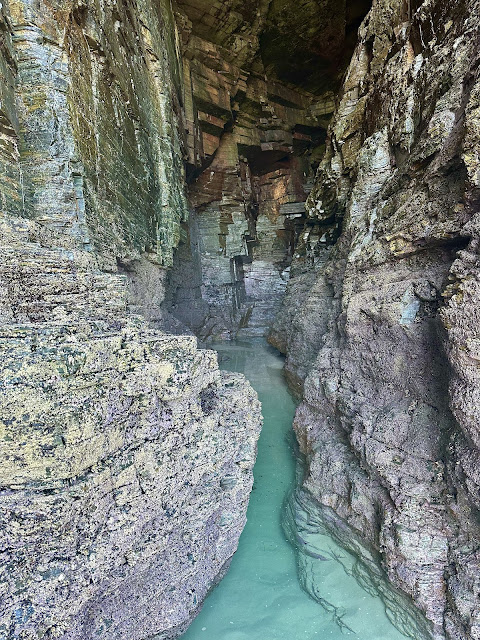











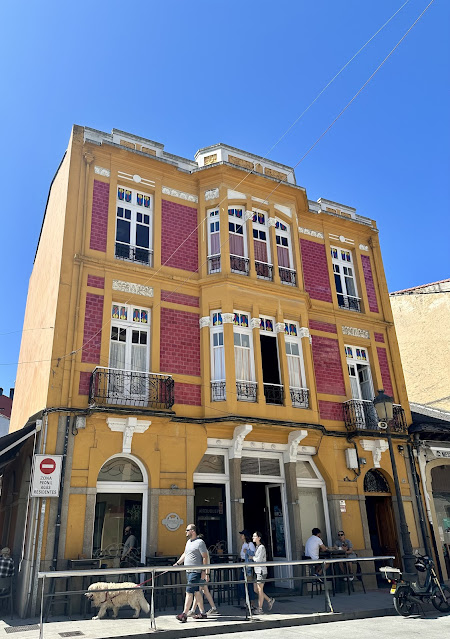



























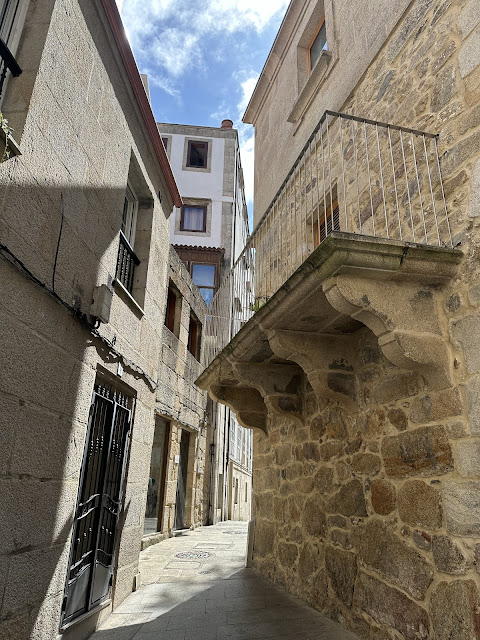
Comments
Post a Comment